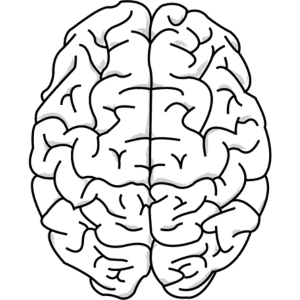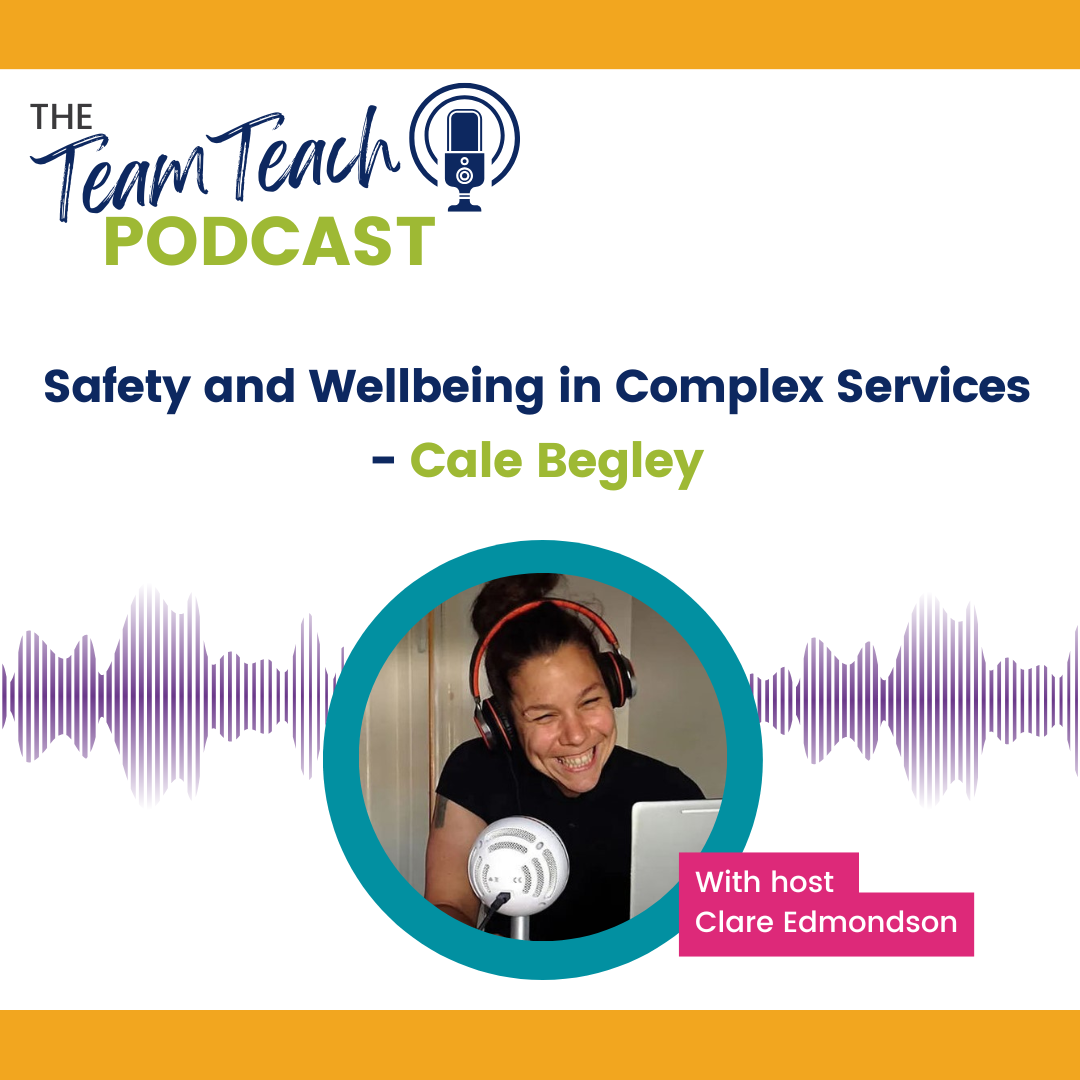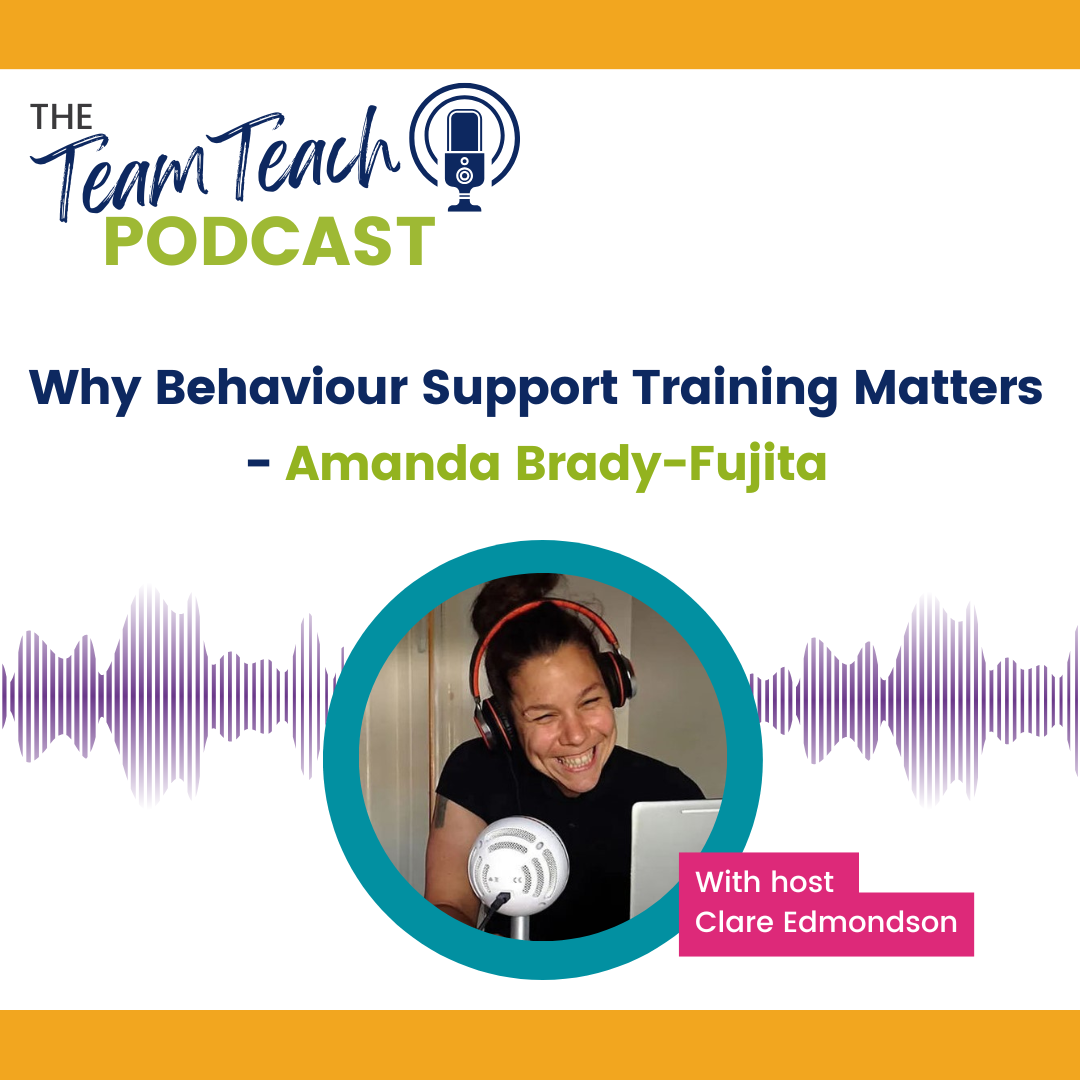4 Practical Steps We Can take to Create Inclusive Schools
We like to think we’re fair, don’t we? We want every child to succeed and have the best possible outcomes after their time with us. But, after the recent publication of The Commission on Young Lives report, and the shocking news of Child Q’s treatment (2), it’s time for us to take a good hard look at just how inclusive we are. Some students aren’t thriving and it’s time for a rethink about how we make inclusion a reality in our schools.
The Commission on Young Lives (COYL) report, ‘All Together Now: Inclusion not exclusion – supporting all young people to succeed in school’ looked at how thousands of vulnerable children and young people are falling through gaps in the education system, putting them at risk not only of low attainment but also serious violence, county lines, criminal exploitation, grooming and harm.
Main findings from the Commission on Young Lives Report:
- Black children can be viewed as both older and less innocent than their white peers and falsely perceived as angry in the classroom. This can lead to them receiving more punitive sanctions.
- Some teachers have higher expectations of white and Asian students’ academic potential, whilst non-black teachers can have lower expectations of black students and may be more likely to judge pupils from minority ethnic backgrounds.
- Initial teacher training and inspections do not include any mandatory focus on race equality and, although minoritised students make up around a third of state school rolls, the teaching force is over 90% White, particularly in primary schools.
- The rise in ‘zero-tolerance’ behaviour policies is creating school environments where pupils are punished and ultimately excluded for incidents that could and should be managed within the mainstream school environment.
- A 2020 report by the Institute of Race Relations (IRR) warned of a “PRU (pupil referral unit) to prison” pipeline for working-class black children. They note that 89% of children in detention in 2017/18 were excluded from school and 53% of all children and young people held in secure training centres and youth offender institutions are from a Black and minority ethnic background.
The issues raised in the Commission on Young Lives report won’t go away without systematic change, but we can also find opportunities for all of us to be more inclusive. There are practical things everyone can do in schools to tackle the inequalities so many students face.
So, what can we do?
1: True self-reflection means finding our biases and taking action
We want every young person we work with to succeed. We love a “rags to riches” story of the child who made it, despite all the odds. But, hidden away in all of us are biases.
A confirmation bias is when you seek evidence that supports your pre-existing beliefs. For example, if you believe a child is a ‘bad kid’, you will look for this evidence to prove the child is ‘bad’.
The Centre for Education and Youth found different expectations for groups of students was something young people – and in particular black Caribbean boys – talked about during their focus groups, where they felt teachers’ assumptions about them had marred their experiences at school.
Further evidence from the Centre for Research in Race and Education has found that black students are more likely to be placed in low ranked groups, where they receive ‘poorer-quality teaching and are less likely to make good academic progress’. They are unlikely to attain the best grades because these are often restricted to those entered into the higher tier papers.
One simple thing we can do in schools is look at how students are placed in ability sets or groups and examine the demographics of these groups to find patterns. Delaying setting and streaming, flexible grouping, or removing setting altogether could allow more students the opportunity to show their potential. Whilst examining groupings, also consider who teaches lower sets and how these students can have access to the highest quality teaching. To avoid confirmation bias in feedback, work can be anonymised before marking, with opportunities for different ability groups to be marked together by moderation teams.
2: Language matters
We need to tighten up on our language about students. It doesn’t mean not talking about problems, pretending everything’s perfect, or banning the occasional vent after a tough lesson. It means making a conscious decision to speak respectfully about and to the children and young people we work with.
We need to think about how often we label individual students, groups of learners, and entire classes. The way we describe them matters. For example, labelling a particular child as being ‘pain’ or saying to another teacher “it’s my turn with 9d – wish me luck!”, sets the tone and your expectations before you’ve even begun.
A key theme from the views of one group of parents the Commission on Young Lives met is the disconnect they felt between the support their children needed and that they received. Additional needs had gone unidentified or misdiagnosed. Their children were labelled as ‘misbehaving’ and ‘disruptive’, which had led to suspension or exclusion. Other children had an additional needs, such as ADHD or autism, and needed additional support.
If those students were not labelled as ‘disruptive’, would they have got the help they needed? Would they have been excluded if the primary aim was to understand their behaviour before seeking to correct it?
3: Inclusion and belonging
A “zero-tolerance” approach to behaviour creates equality, but not equity for students whose behaviour is often because of their unmet needs.
The Commission on Young Lives report says, “developing a system where children feel more included […] and shifting away from punitive and punishing behaviour policies would all aid in helping pupils”. This means seeing students’ social and emotional needs as equal to academic ones. Research by children’s charity Place2Be, for example, shows the positive impact 1:1 counselling can have for mental health needs. It’s time to rethink a punitive-first approach and start thinking about the individual needs of students.
Representation for young people is also essential. A recent Inclusive Britain report has acknowledged that there is a particular deficit in the current curriculum for black and minority ethnic children regarding ‘belonging’. A 2020 study by Teach First noted that ‘the biggest exam board, accounting for almost 80% of GCSE English literature entries, does not feature a single book by a Black author, and just two books by ethnic minority authors’.
4: Building relationships
It’s easy to build positive relationships with the students we like. Far harder with the ones that challenge us, disrupt lessons, stop others from learning, or make us question our abilities as a teacher. Connecting with those hardest to reach students is the single most important thing we can do as educators. Looking beyond their behaviour to see them. Understanding why they might show these behaviours and helping them to find more positive ways to behave.
Research carried out by the Education panel of the London Assembly in 2019 has supported the argument that underlying causes of ‘bad behaviour’ that can lead to exclusion are frequently related to adverse childhood experiences. The report states that ‘therapeutic interventions may be needed to help pupils develop the self-management skills they need to get good grades and make successful transitions into further education or work’. The panel also heard about the importance of ‘listening’ to pupils at risk of exclusions and drawing on restorative justice.
In schools, there’s an opportunity to build stronger relationships with children and young people, and their families, just by making time to talk with and listen to them. Student’s opinions should be central to decision making about the support put in place and opportunities for therapeutic input.
A balance of structural and individual changes
Undoubtedly, structural change is needed to ensure all students can succeed and stay in education. Recently the government has introduced two new taskforces. SAFE (‘Support, Attend, Fulfil, Exceed’) task forces are in 10 areas with high rates of violence to bring agencies together, deliver targeted interventions to reduce truancy, improve behaviours, and reduce the risk of individuals failing to enter education, employment, or training. Alternative provision specialist task forces in 21 areas across England are also working directly with young people in alternative provision settings to offer intensive support from professionals.
But that doesn’t mean we can’t make smaller scale changes in our own schools and classrooms. One teacher, no matter how talented, can’t change the world, but they can change the world for the students they work with.
The report from the Commission on Young Lives puts the spotlight on how we can treat groups of students, often not realising how our implicit biases can affect decision making.
Moving forward, it has never been more important to build strong relationships with students as individuals to enable them to thrive in education.








